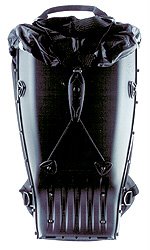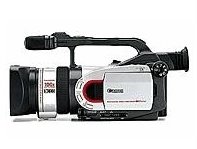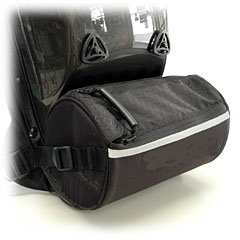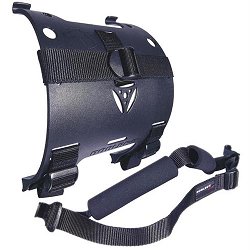 My first order of business was to reflect on the nature of the backpack which would become my home while on this trip. I have had a substantial amount of experience traveling independently, and I have always found that despite any inclinations towards the contrary, the less one brings the more comfortable one usually is. In my first travels abroad, when I did not require the paraphernalia necessary to film and edit digital video or correspond remotely with an advisor, I started out with a 2000 cubic inch daypack and slowly streamlined it down to a small satchel little bigger than a ladies purse. In this way I had traveled to a number of very remote regions of the world and I had always found that anything that I truly needed for survival was available readily enough to the local population that I could afford some. However, my intention to document this trip in a way that could be shared with my students was going to require loads of equipment, and a pack that would provide protection from the harsh environments of the world.
My first order of business was to reflect on the nature of the backpack which would become my home while on this trip. I have had a substantial amount of experience traveling independently, and I have always found that despite any inclinations towards the contrary, the less one brings the more comfortable one usually is. In my first travels abroad, when I did not require the paraphernalia necessary to film and edit digital video or correspond remotely with an advisor, I started out with a 2000 cubic inch daypack and slowly streamlined it down to a small satchel little bigger than a ladies purse. In this way I had traveled to a number of very remote regions of the world and I had always found that anything that I truly needed for survival was available readily enough to the local population that I could afford some. However, my intention to document this trip in a way that could be shared with my students was going to require loads of equipment, and a pack that would provide protection from the harsh environments of the world.The pack I finally found is unique enough to merit description. It was developed by a Swedish industrial designer named Jonas Blanking, who had worked in the automotive industry but had an inclination towards extreme outdoor activities. He was frustrated with conventional backpack designs that would render his books and papers soggy and his laptop casing occasionally fractured. His goal was something rigid that would protect its contents, could hold adequate volume, and still be worn comfortably. He employed the use of aluminum and ABS plastic to create the MegalopolisTM, a pack with an external hard shell designed to carry a laptop and other contents. It has an ingenious array of facets on the outer shell that can be used to cinch cargo down in any number of customizable ways, making the things inside safe and the things needed accessible easy to get at. New they cost around $200, but I found one used through an ebay auction.

 My laptop fit perfectly into a protected compartment in the interior of the pack, but I still had to find a way to transport the digital video camera that I was going use in a way that would be relatively safe from damage. After abandoning a crazy scheme involving PVC pipe and memory foam, I found that a local camera store sold a carrying case for large telephoto lenses, which happened to fit my camera snuggly, and left room for the lens hood and the extended battery. It also fit perfectly into the recess left by the curvature of the lumbar support of my backpack. Now it just had to be secured.
My laptop fit perfectly into a protected compartment in the interior of the pack, but I still had to find a way to transport the digital video camera that I was going use in a way that would be relatively safe from damage. After abandoning a crazy scheme involving PVC pipe and memory foam, I found that a local camera store sold a carrying case for large telephoto lenses, which happened to fit my camera snuggly, and left room for the lens hood and the extended battery. It also fit perfectly into the recess left by the curvature of the lumbar support of my backpack. Now it just had to be secured. 
The company that makes my backpack also sells a cargo bridge accessory which is designed to allow you to secure skis or a snowboard to the back of their backpacks. With a little modification it held the camera and case securely and even allowed me to reach around and take the camera out without having to take the pack off. I anticipated that this might be useful in situations that were crowded or when I needed to be discrete.
No comments:
Post a Comment